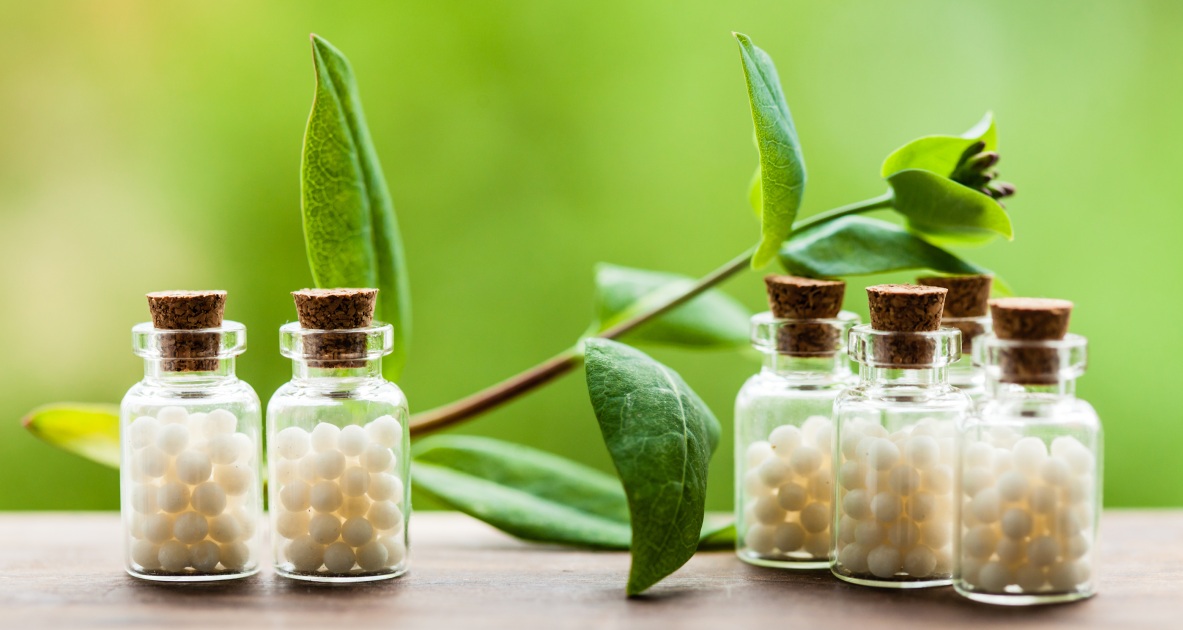Homoepathy

Homoeopathy (=homeopathy) is the most modern therapeutic method of treatment, based on the nature's Law of Cure, namely 'Like Cures Like'. The truth of this law was discovered by a German scientist and physician Dr. Samuel Hahnemann in 1796, and has been verified experimentally and clinically for 200 years. Homeopathy is the revolutionary, natural medical science. Homeopathy is gentle and effective system of medicine. The remedies are prepared from natural substances to precise standards and work by stimulating the body's own healing power.
BASIC PRINCIPLES
Like Cures Like
So he developed the principle that a substance which will create the symptoms of a disease in a healthy person will actually cure the symptoms of the disease in a sick person. Hahnemann called this principle "similiasimilibuscurentur" or "let like be cured by like". He went on to "prove", as it is called, some 67 remedies on his many healthy students, family and friends. His findings were published in Materia MedicaPura of 1810. Many of the substances Hahnemann used were highly poisonous, for example arsenic and mercury, and to avoid the toxic effect, he experimented with smaller and smaller doses. By experimentation, he found that successive dilutions of a substance became progressively more medicinally active, and less toxic.
Homeopathy Principles
Homeopathy as a science of medical treatment has a philosophy of its own and its therapeutics is based on certain fundamental principles. These are:
- Law of Similia
- Law of Simplex
- Law of Minimum
- Doctrine of Drug Proving
- Theory of Chronic Disease
- Theory of Vital Force
- Doctrine of Drug-Dynamisation
The law of similars
The first and most important "natural law" expressed by Hahnemann, the one from which homeopathy derives its name, is similiasimilibuscurentur—let like cure like. This means that the appropriate substance to treat a disease is one which induces similar symptoms in a healthy person. Then, it is crucial to know the symptoms associated with various substances, remedial pathogeneses. They are to be determined by drug provings on healthy persons, in which subjects take the remedy and record all physical, mental, emotional and modal changes in symptoms.
The Principle of Dilution
Hahnemann developed the system of homeopathic dilution, where one part of the starting material (usually plant extract) is diluted with 99 parts of diluents (usually alcohol and water). The mixture is then "successes" or "potentates", which is a rhythmical shaking of the liquid which helps to release the energy within the substance. The dilution is called a 1C homeopathic potency. The process of dilution can be repeated with the 1C potency to make 2C potency, and so on until the desired potency is reached. Hahnemann discovered that by administering infinitesimally small doses, he not only cured ailments without undesirable side effects but in fact the cure was more effective than with larger doses. Later two more scales for manufacturing homeopathic medicines were created. The Decimal scale developed by Hering uses the 1:9 ratios for successive dilution, whereas the LM scale given by Dr. Hahnemann uses a dilution scale of 1:50,000.



